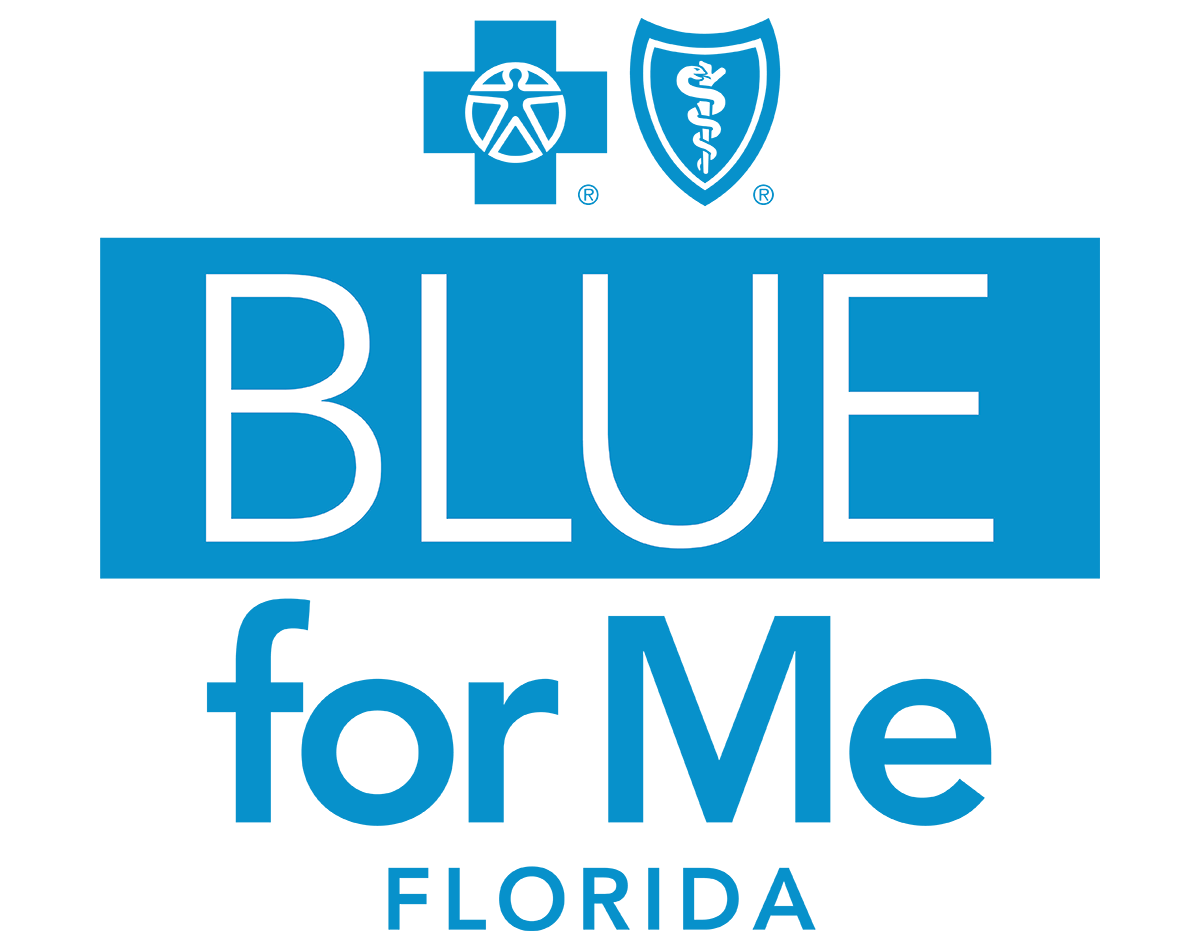What Depression Looks Like at Every Life Stage
The signs and symptoms of depression are often different in children, teens, adults, and seniors. And sometimes, they’re easy to miss. Here’s what to look for.

Genetics. Stressful life events. Some medications. Levels of certain brain chemicals. How your brain cells grow and work. Any one or a combination of these things can play a role in depression. That’s a lot of possible causes. So it makes sense that depression affects so many people. One in 6 American adults will have depression at some point in their lives. And it affects about 3% of American children.
Depression is defined as a sad or low mood and a lack of interest in everyday activities that lasts for 2 weeks or more, says Dennis M. Popeo, M.D. Dr. Popeo is a clinical professor of psychiatry at NYU Grossman School of Medicine. It can look different in different people and age groups. But one thing is true for everyone: Treatment is really important.
That’s because depression doesn’t only affect your mind or mood. Over time, it can also harm your physical health. People with depression may have:
- Appetite changes that lead to unintended weight gain or loss.
- Trouble sleeping or sleeping too much.
- Less energy and more fatigue.
- A higher risk for diabetes complications.
- A harder time recovering from heart attack. Also, a higher rate of death from heart attack.
- A higher risk of suicide.
In order to get treatment, you must be diagnosed. That calls for knowing the signs and symptoms of depression. Some are common across all age groups. Big changes in eating habits, sleeping patterns, and weight are a common sign of depression at every age. So are pulling away from social activities and losing interest in things that you used to enjoy. But there are other clues that are more unique to different age groups. Here's what to look for.
If you’re struggling with symptoms of depression, don’t go at it alone. You have access to mental health support through BlueForMe, your digital health management tool. Call 844-730-2583 to see if you're eligible for BlueForMe today.
Depression in Children
Depression doesn’t care about age. The same list of things that can set an adult up for depression holds true for children, says Laura Bonomo, Ph.D. Bonomo is a psychologist who specializes in cognitive behavior, and founder and executive director of Abridged Psychology. A child’s mental health can also be impacted by friendship issues, social isolation, or learning differences.
Another challenge with children? They may have a hard time understanding more basic feelings, like anger or sadness. (Think about how many tantrums are thrown over tiny frustrations.) So it may be really unlikely that a child understands they feel depressed. Don't wait to hear from them. Instead, keep an eye out for persistent or extreme changes in moods or behaviors. On the list:
- Being more argumentative, grouchy, or annoyed.
- Feeling tired or agitated a lot of the time.
- Having a hard time concentrating in school.
- Feeling inadequate, guilty, or worthless. This might come up as all-or-nothing statements. Some examples: “No one will ever be my friend” or “I always mess up.”
- Showing self-injury or self-destructive behaviors.
- Having more angry outbursts or explosive tantrums.
- Expecting a negative outcome far in advance. For instance, “I can go to this party, but no one will talk to me.”
A child doesn’t have to have all of these symptoms to be depressed. If you notice any of them, talk to your child’s healthcare provider. Ask about a screening and possible treatment. The most common treatments are child therapy, family therapy, or a combination of the two. In some cases, your doctor may suggest medication.
Therapy can have a positive impact for years to come, says Bonomo. “Treatment can help with the development of realistic, healthier thinking styles. [It can] help with friendship issues, and set your child up for a happier and less emotionally turbulent life.”
Depression in Teenagers
Moodiness at this age may seem like a guarantee. But it’s important to remember that depression is different from mere moodiness so you don’t miss red flags. To tell the difference between the two, think about these three things:
1. How severe are the symptoms? The more noticeable and life-disruptive their symptoms are, the more likely it’s depression and not just a passing mood.
2. How long are they lasting? If symptoms go on for at least 2 weeks without a break, it may be depression.
3. What areas of life are affected? If a teen is having trouble only at school, for example, it could be just moodiness. But if they're struggling at home, school, and work and with friends? That may signal depression.
So what are the common symptoms of depression at this age? They vary from person to person, but can include a few or more of the following:
- Doing poorly in school.
- Seeming restless or agitated much of the time.
- Overreacting to criticism.
- Lacking energy or motivation. Or having little to no enthusiasm.
- Using restricted substances, such as alcohol or drugs.
- Having poor self-esteem or frequent guilt.
- Having suicidal thoughts or actions.
Treatment is important at any age, but especially for teens. The reason? Each year, nearly 5,000 young people (ages 15 to 24) die by suicide. It’s the second leading cause of death in adolescents, according to the Centers for Disease Control (CDC).
Teens with depression may also be more likely to cope by using drugs and alcohol and having unprotected sex, says Bonomo. "They tend to gravitate toward other kids who have those same tendencies,” adds Bonomo. And they may feed off of each other’s negativity.
A healthcare provider is trained to see the difference between depression and teen moodiness. If you’re worried your teen might have depression, talk to them and their pediatrician about doing an evaluation. Treatment plans may include:
- Cognitive-behavioral therapy (CBT). It focuses on changing negative thinking and behavior patterns.
- Psychotherapy or other forms of talk therapy. They focus on coping with troubling or painful thoughts.
- Prescription medications.
Looking for information on mental health you can trust? Check out BlueForMe’s private health library, where you can search for health information that’s written only by medical professionals. Call 844-730-2583 to see if you're eligible for BlueForMe today.
Depression in Adults
Adults with a personal or family history of depression or anxiety are more likely to go through depression than those without one. Negative life events, such as a divorce or job loss, may also raise their risk. And sometimes, positive events may trigger depression too. Think: becoming a new parent or seeing your child off to college.
Remember, depression symptoms aren’t the same for everyone. One adult might feel sluggish and exhausted. Another might sign up for a ton of activities, hoping to distract from how they’re feeling, says Bonomo. In addition to big changes in sleeping, eating, and loss of interest in socializing and hobbies, symptoms of adult depression can include:
- Having a depressed mood for most of the day. This can come across as being sad, hopeless, discouraged, annoyed, frustrated, irritable, and/or angry.
- Being fatigued and low energy. Also, having trouble starting or completing things.
- Feeling restless and agitated or sluggish.
- Feeling worthless or very guilty. This can include feeling inadequate, inferior, and like a failure.
- Having a hard time concentrating, thinking clearly, remembering things, and making decisions.
- Having thoughts of self-harm, which may include suicide.
If you or someone you know has had 4 or more of these symptoms for at least 2 days a week during a 2-week period, depression might be the cause. As with teens, untreated depression can lead adults to unhealthy coping strategies, such as substance use. And unfortunately, suicide is more common among men in this age group: Middle-aged white men have the highest rate of suicide deaths in the United States.
If you think you’re depressed, tell your healthcare provider. They can create the right treatment plan for you. It typically includes therapy as well as prescription antidepressants. It may take a bit of trial and error to find the right medication and dose. Be sure to follow the medication plan closely. Tell your doctor how you’re feeling. And do not stop taking an antidepressant without first talking to your doctor.
Depression in Older Adults
“A lot of people mischaracterize their depression as a normal part of getting older,” says Dr. Popeo. “But depression is not a normal part of aging.” Instead, some issues that are more common as we age may be at play. Some examples:
- Developing a medical condition (such as a stroke or cancer).
- Loss of mobility.
- Social isolation.
- Sleep problems.
- Caring for a sick or injured loved one.
Often, “there isn’t one specific thing,” says Dr. Popeo. Instead, several factors can contribute to an older adult’s depression. The signs of depression in older adults are similar to that of other adults. They also include:
- Feeling hopeless, helpless, agitated, or anxious.
- Worrying that something is wrong, but being unable to explain it to a doctor.
- Having more confusion and attention issues.
- Having angry outbursts over small matters.
- Having more frequent aches and pains. For example, headaches and digestive problems.
- Crying often.
- Feeling tired and a lack of energy.
Diagnosing depression in older adults can be a challenge. They may have other health issues that cause depression-like symptoms. Or a health issue may put them at greater risk for depression. Talking to a healthcare provider can help untangle what's going on.
Getting treatment is key to improving an older adult’s quality of life and health. Older adults are more likely to develop a physical illness when they have depression, according to the National Institute of Mental Health (NIMH). Again, suicide is a real risk of untreated depression.
Settling on the right treatment plan can take time and patience. Older adults tend to be more sensitive to the medications, according the NIMH. They may need lower or less frequent doses of antidepressants. At the same time, they’re more likely to miss a dose or take too much. And older people are more likely to be juggling multiple conditions and medications. This puts them at risk for drug interactions.
The NIMH advises older adults to get all their prescriptions at the same pharmacy. That way the pharmacist can help flag any possible drug interactions. The pharmacist will also want to work closely with the doctor to track medications and how well they’re working. In fact, sticking with one pharmacy is great advice for all ages. More support is a good thing!
Need help managing your medications? Use the BlueForMe app to schedule reminders and track how you’re feeling. You can also send questions to your care advocate through a secure messaging system to get the answers and support you need. Call 844-730-2583 to see if you're eligible for BlueForMe today.
Sources:
[1] “Depressive Disorders.” MSD Manual Professional Version, August 2021, https://www.msdmanuals.com/en-gb/professional/psychiatric-disorders/mood-disorders/depressive-disorders. Accessed September 10, 2021.
[2] Brown LC, Majumdar SR, Newman SC, et al. History of Depression Increases Risk of Type 2 Diabetes in Younger Adults. Diabetes Care, vol. 28, no. 5, May 2005, pp: 1063-1067.
[3] Khar AK and Barton DA. “Depression and the Link with Cardiovascular Disease.” Frontiers in Psychology, vol. 7, 2016, pp: 33.
[4] “Does Depression Increase the Risk for Suicide?” U.S. Department of Health and Human Services, September 16, 2014, https://www.hhs.gov/answers/mental-health-and-substance-abuse/does-depression-increase-risk-of-suicide/index.html. Accessed September 10, 2021.
[5] “Suicide Statistics.” American Foundation for Suicide Prevention, February 9, 2021, https://afsp.org/suicide-statistics. Accessed September 16, 2021.
[6] Caleghin A, Diano M, Bagnis A, et al. “Basic Emotions in Human Neuroscience: Neuroimaging and Beyond.” Frontiers in Psychology, August 24, 2017.
DISCLAIMER: Florida Blue has entered into an arrangement with Wellframe to provide members with care decision support services, information and other services. This article is provided by Linkwell Health through their arrangement with Wellframe. Please remember that all decisions that require or pertain to independent professional medical/clinical judgment or training, or the need for medical services, are solely your responsibility and the responsibility of your physicians and other healthcare providers. Wellframe is an independent company that provides online services to Florida Blue members through the Blue for Me app.

